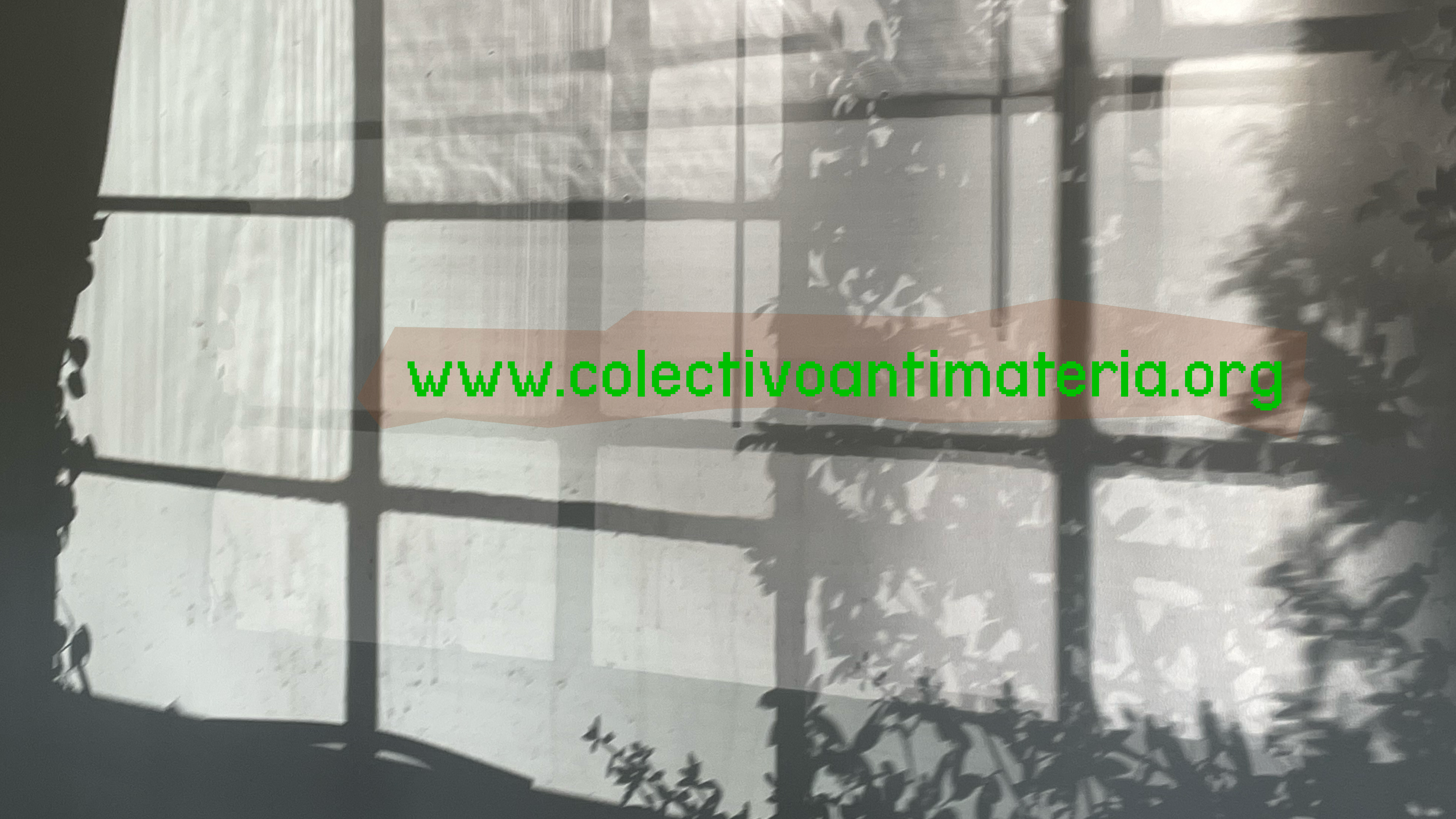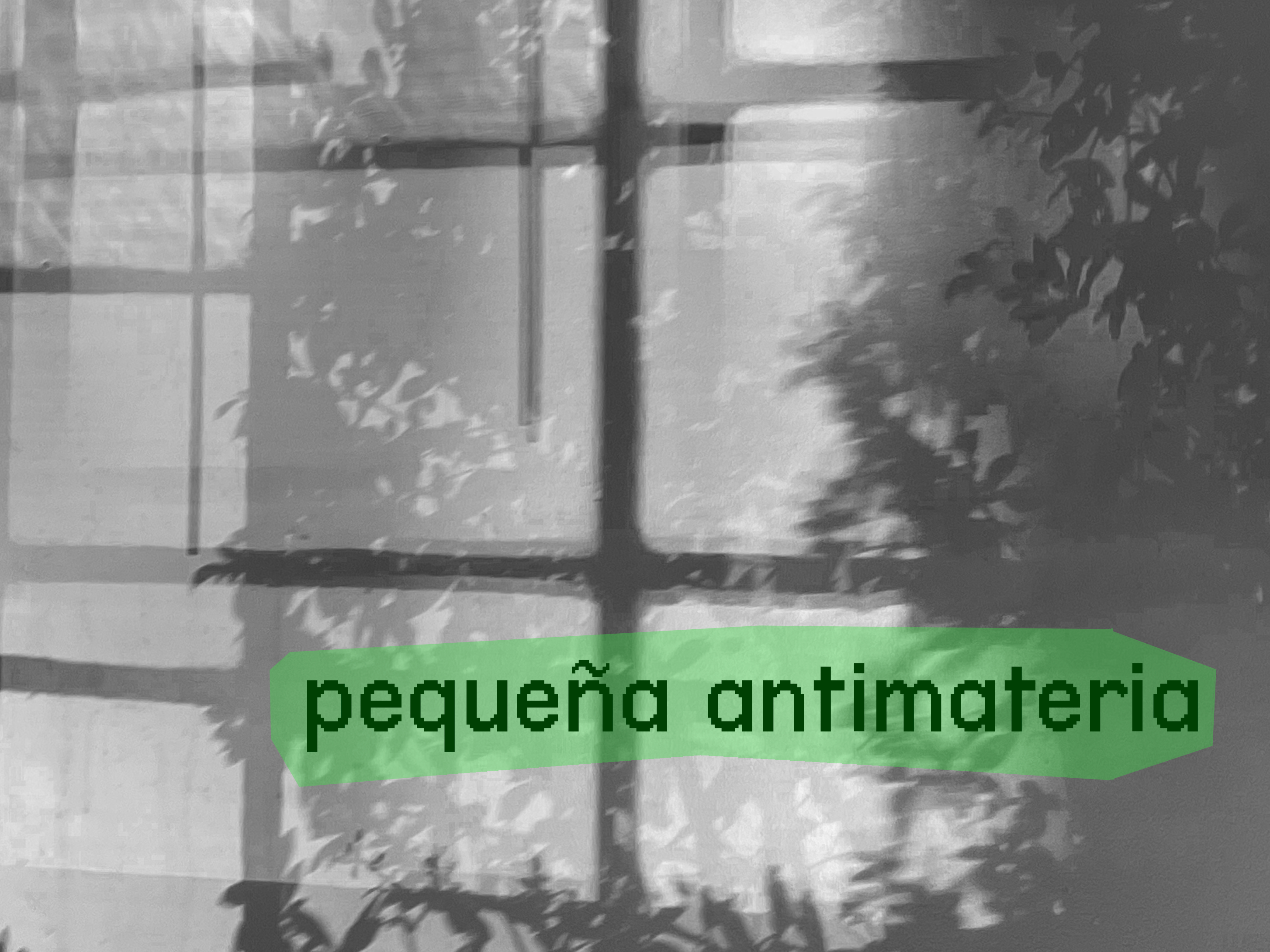
Leer es habitar el espacio del libro. Berta Ferrer nos recuerda su materialidad en este nuevo número de Pequeña Antimateria.
“El deber del artista no es adaptarse a su época, sino resistirla.” — Albert Camus
Reading is inhabiting the space of the book. Berta Ferrer reminds us of its materiality in este número de Pequeña Antimateria.
“The duty of the artist is not to adapt to their time, but to resist it.” — Albert Camus
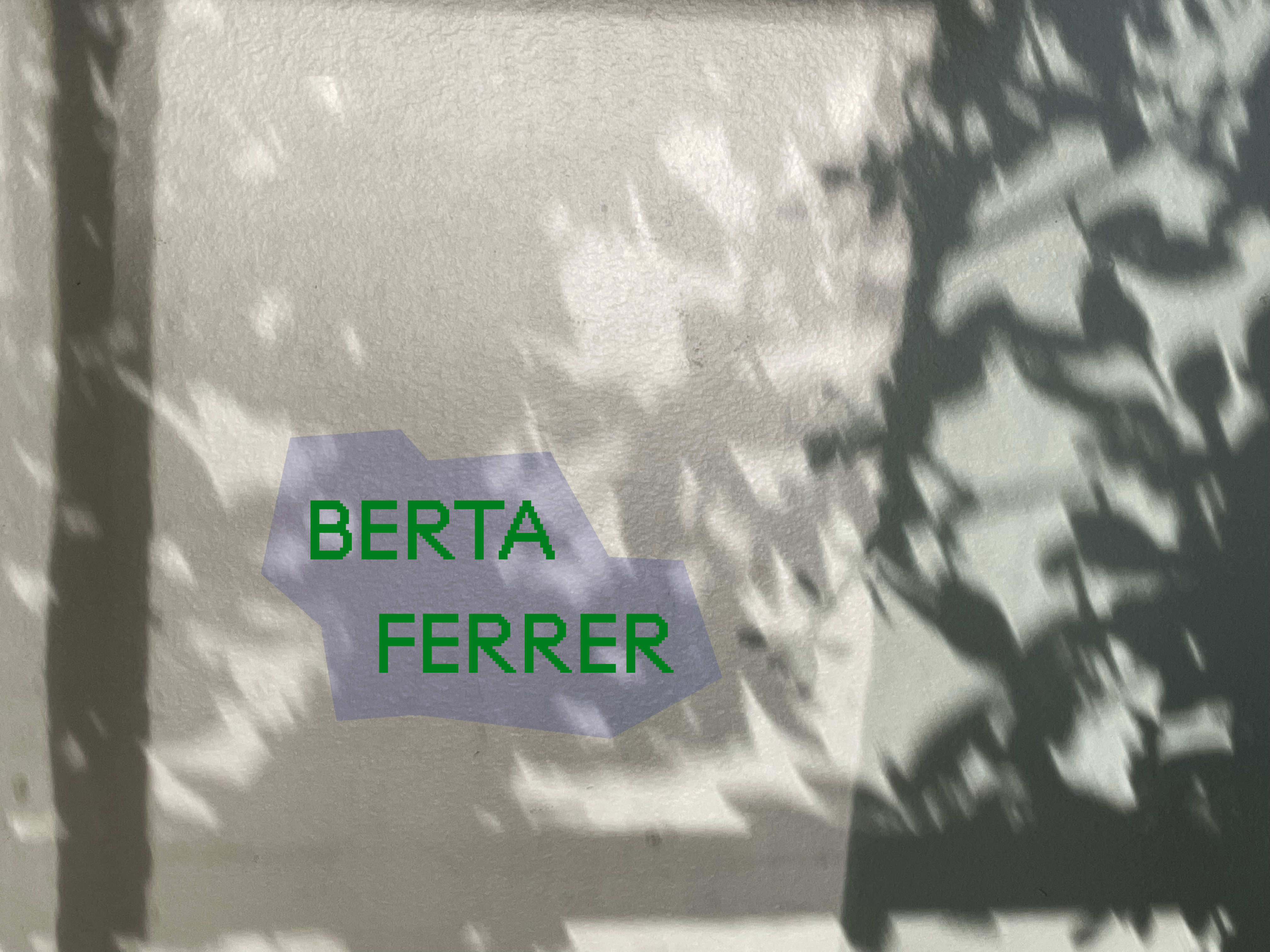
Berta Ferrer es arquitecta de libros (@arquitectadelibros). Diseñadora gráfica, arquitecta, investigadora, es experta en narrativas no convencionales y en libros que ponen el foco en su propia materialidad. Doctora en Typography and Graphic Communication por University of Reading (Reino Unido) y másters en diseño gráfico y en arquitectura, su trabajo académico y creativo se centra en las posibilidades del libro físico como herramienta de comunicación en la era digital. Es coordinadora y docente en el grado Graphic Design & Digital Media de LABA Valencia School of Arts, Design & New Media, y también imparte clases en el BA Graphic Communication y MA Communication Design en University of Reading (Reino Unido). Además, imparte talleres y seminarios en universidades a nivel internacional que buscan desafiar las convenciones de la lectura y la materialidad del libro.
web: arquitectadelibros.com
Instagram: https://www.instagram.com/arquitectadelibros/
++++++++++
Berta Ferrer is an Architect of Books(@arquitectadelibros). A graphic designer, architect, and researcher, she specializes in unconventional narratives and books that highlight their own materiality. She holds a PhD in Typography and Graphic Communication from the University of Reading (UK) and master’s degrees in Graphic Design and Architecture. Her academic and creative work focuses on exploring the potential of the physical book as a communication tool in the digital age.
She is the coordinator and lecturer in the Graphic Design & Digital Media program at LABA Valencia School of Arts, Design & New Media, and also teaches in the BA Graphic Communication and MA Communication Design programs at the University of Reading (UK). In addition, she gives workshops and seminars at universities worldwide that aim to challenge conventional ideas of reading and the materiality of the book.
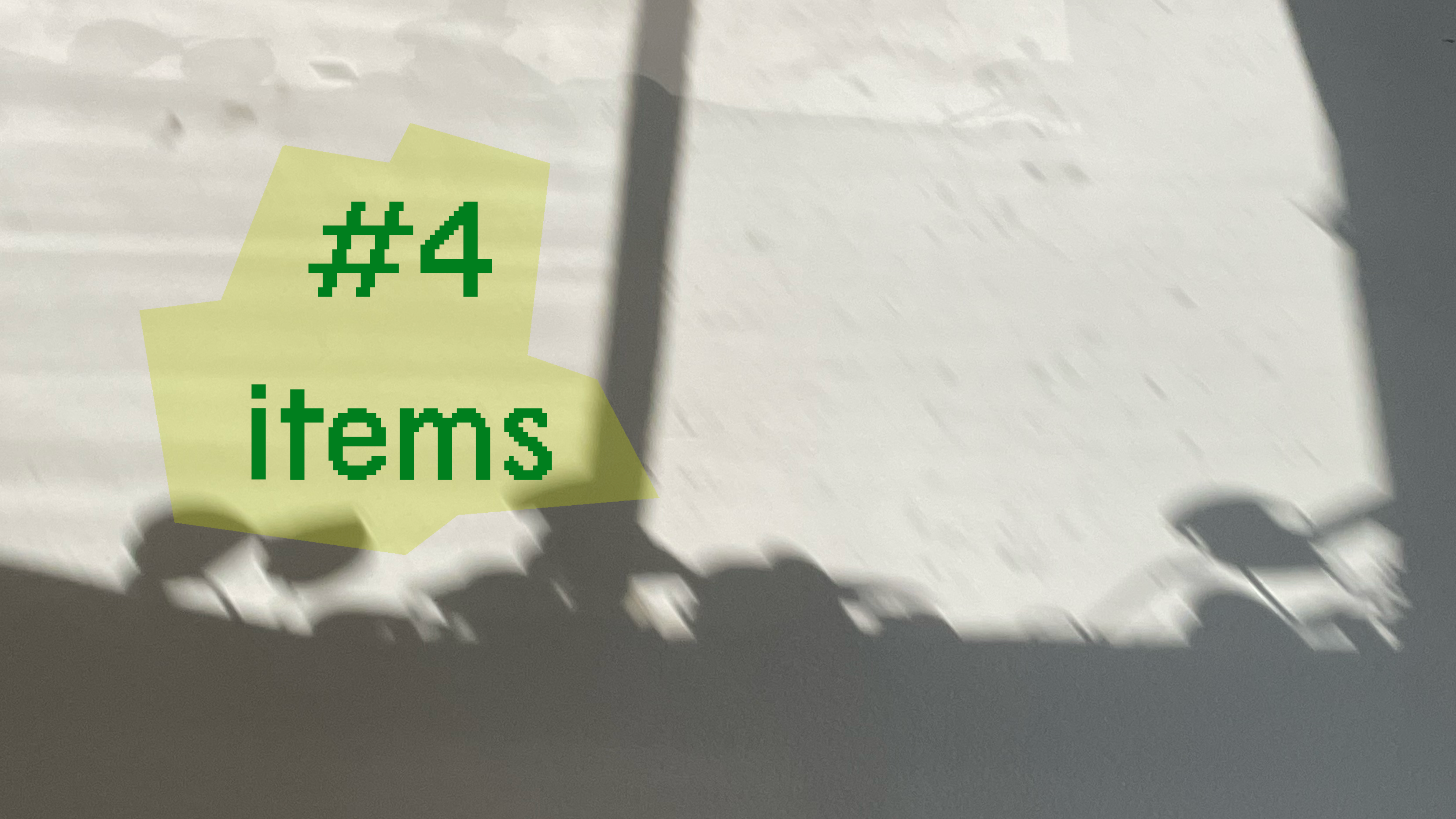
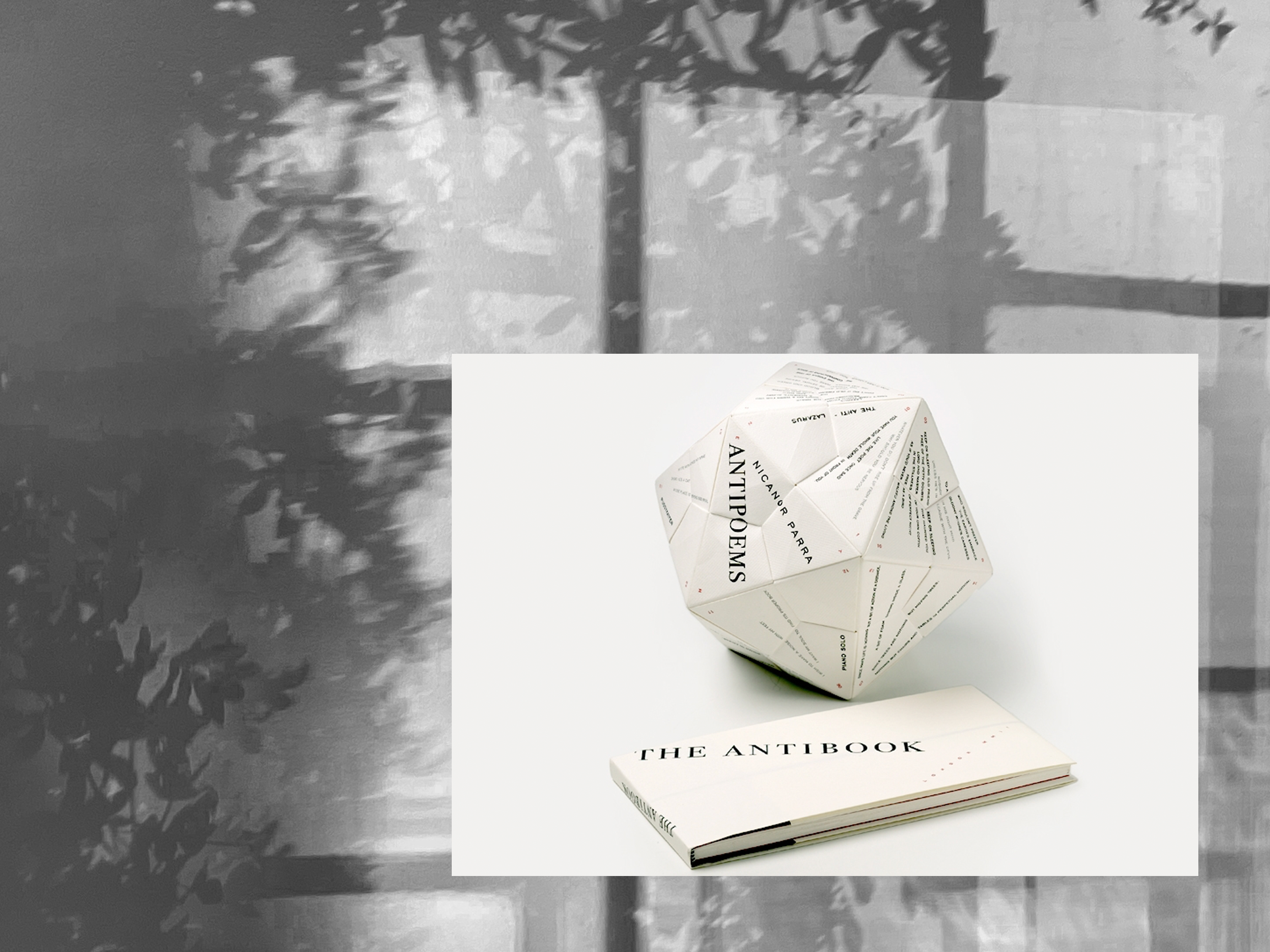
ITEM #1 - Antibook
El libro es un objeto sagrado, intocable e inviolable. Al menos, así es como lo concebimos en nuestra mente después de siglos de lectura y de uso. Habitamos los libros procurando dejar sobre ellos las mínimas marcas posibles: no subrayes, no escribas, no lo dobles, no lo ensucies, no lo rompas. Pasa de puntillas sobre el objeto, para que no se note, para que no se sepa que estuviste ahí, que leíste, que tocaste y que pasaste páginas.
En Antibook (2003), Francisca Prieto nos obliga a cuestionar esta creencia. El desafío es simple: para leer el libro hay que romperlo, arrancar las páginas una a una y jugar con ellas. A través de los pliegues basados en el origami, debemos interactuar con el papel y las palabras para construir un icosaedro, un objeto tridimensional en el que poder leer los Antipoemas de Nicanor Parra. En este libro, la lectura está supeditada a la evidencia física de la experiencia lectora.
The book is a sacred, untouchable, and inviolable object—or at least that’s how we’ve come to think of it after centuries of reading and use. We inhabit books while trying to leave as few marks on them as possible: don’t underline, don’t write, don’t fold, don’t stain, don’t tear. Step lightly around the object so that no trace is left, so that it’s impossible to tell you were there—that you read, that you touched, that you turned its pages.
In Antibook (2003), Francisca Prieto forces us to question this belief. The challenge is simple: to read the book, you must destroy it—tear out its pages one by one and play with them. Through folds inspired by origami, we must interact with the paper and the words to build an icosahedron, a three-dimensional object through which to read Nicanor Parra’s Antipoems. In this book, reading is subordinated to the physical evidence of the reading experience itself.
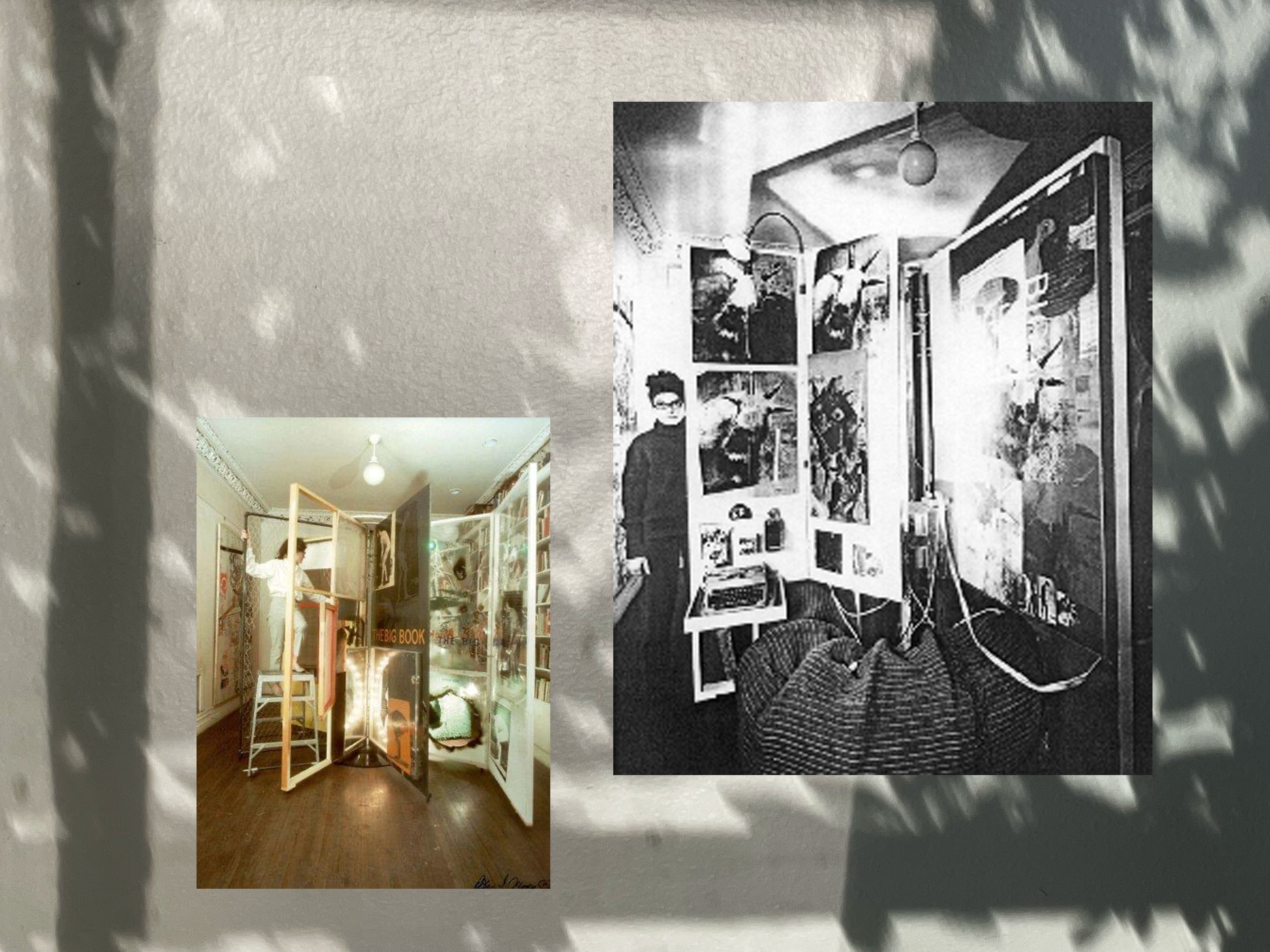
Item #2 The Big Book
Afirma Ulises Carrión en su manifiesto El arte nuevo de hacer libros (1975) que “un libro es una secuencia de espacios”, donde cada página construye ese recorrido espacio-temporal. En The Big Book (1967) de Alison Knowles, este planteamiento se representa con claridad. Como el propio nombre indica, se trata de un libro grande, una estructura tridimensional y habitable. Un libro cuya lectura solo puede suceder con la interacción física del lector, quien debe recorrer la secuencia de estancias que se genera al atravesar sus páginas. La lectura de este libro consiste en subir una escalerilla, levantar una hoja para pasar al otro lado, gatear por un túnel, etc. Es decir, leer aquí significa atravesar la secuencia de espacios a la que se refería Carrión.
In his manifesto The New Art of Making Books (1975), Ulises Carrión asserts that “a book is a sequence of spaces,” where each page constructs a spatial and temporal journey. In The Big Book (1967) by Alison Knowles, this idea is vividly embodied. As its title suggests, it is a large book—a three-dimensional, inhabitable structure.
It is a book whose reading can only take place through the reader’s physical interaction: one must move through the sequence of spaces created by turning its pages. Reading this book involves climbing a small ladder, lifting a page to step to the other side, crawling through a tunnel, and so on. In other words, here reading means literally traversing the sequence of spaces to which Carrión referred.
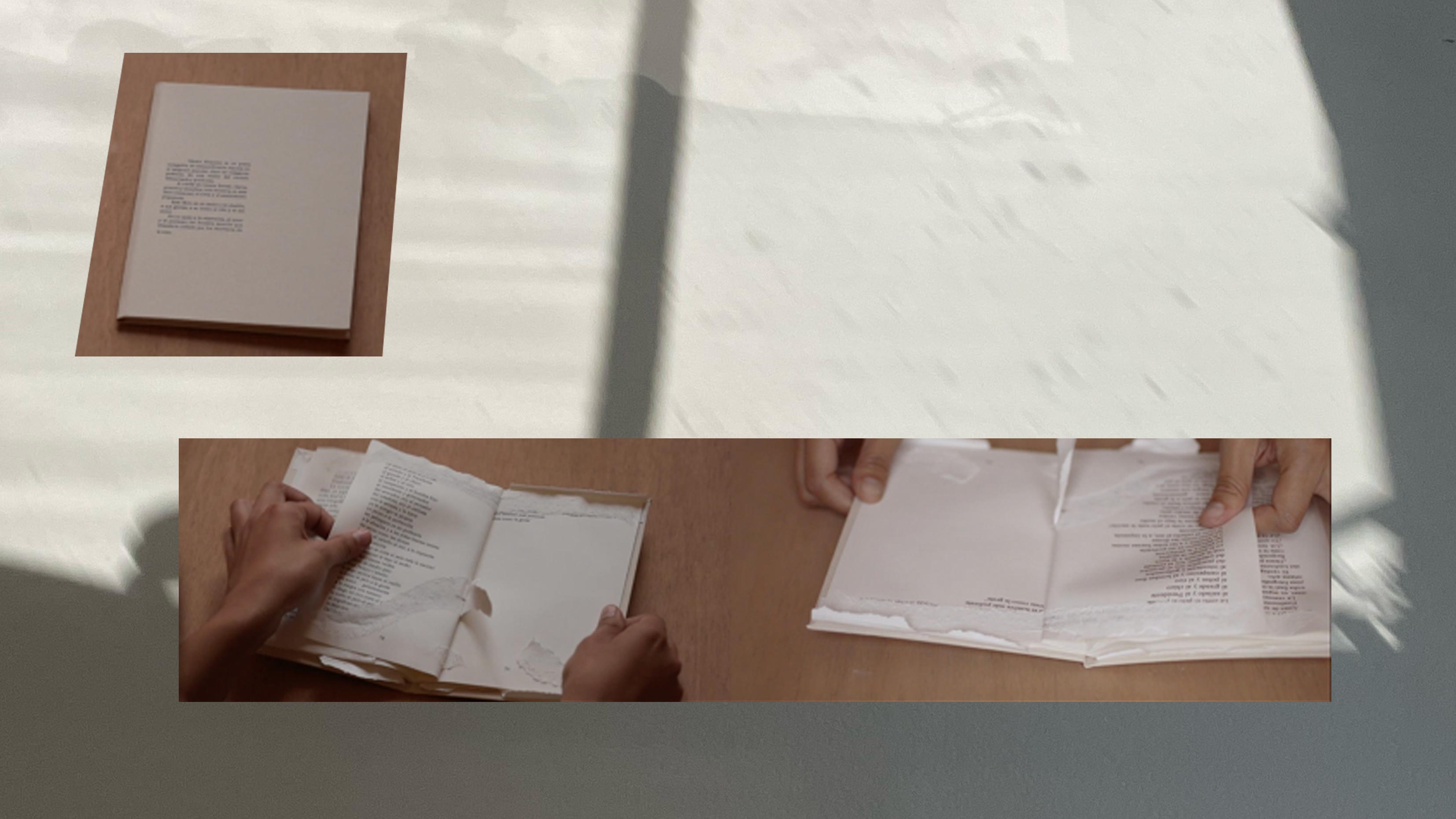
ITEM #3 Ello, lo otro y aquello
| La lectura en papel se asocia con la permanencia y la durabilidad. Una vez impreso, un texto resulta fijo, estático en tanto que su contenido no puede variar. En Ello, lo otro y aquello (2015), Fernanda Aránguiz reflexiona sobre esta supuesta estabilidad. La lectura de esta pieza, re-edición del libro con el mismo título de Héctor Faúndez, implica su destrucción. Las páginas están pegadas entre sí y, por tanto, es necesario despegarlas y arrancarlas para poder acceder al contenido; un acceso que, a su vez, herirá y transmutará el texto y el objeto. Habrá partes ilegibles, partes inaccesibles y partes que significarán otra cosa. Cada lectura cambiará el libro, cuya versión impresa original resulta ya imposible de leer. |
Reading on paper is often associated with permanence and durability. Once printed, a text becomes fixed and static, since its content cannot change. In Ello, lo otro y aquello (2015), Fernanda Aránguiz reflects on this supposed stability.
Reading this piece—a re-edition of the book of the same title by Héctor Faúndez—requires its destruction. The pages are glued together, and therefore must be separated and torn apart in order to access the content; an access that, in turn, wounds and transforms both the text and the object. There will be illegible parts, inaccessible parts, and parts that take on new meanings. Each reading alters the book, whose original printed version has already become impossible to read.
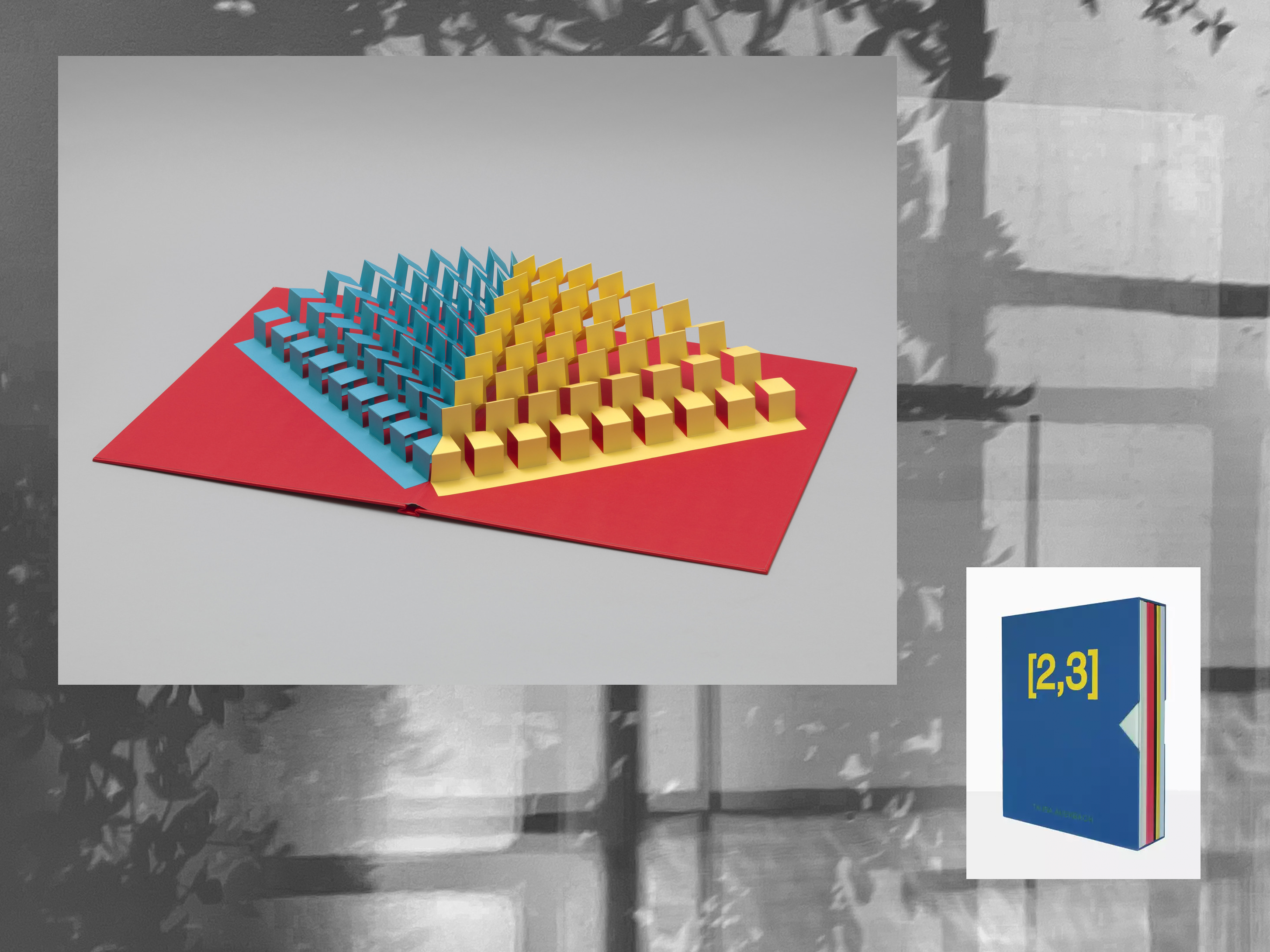
ITEM #4 [2,3]
El libro como escultura y la escultura como libro. En [2,3] (2011) Tauba Auerbach explora la fluctuación entre el estado bidimensional y el tridimensional del libro. A través de la geometría, la gran escala y la construcción de pop-ups, la obra busca formalizar la belleza de la lectura y de aquellas ideas que pueden surgir tras abrir las páginas de un libro. En este caso, leer se convierte en un acto de atención: está en la interacción con el objeto, en la mirada, en el tacto y, también, en el oído. Aquí una muestra de esa lectura tan bella, pausada y escultórica.
The book as sculpture, and sculpture as book. In [2,3] (2011), Tauba Auerbach explores the fluctuation between the two-dimensional and three-dimensional states of the book. Through geometry, large scale, and the construction of pop-ups, the work seeks to give form to the beauty of reading and to the ideas that can emerge upon opening a book’s pages.
In this case, reading becomes an act of attention: it lies in the interaction with the object, in the gaze, in touch, and also in sound. Here is an example of that kind of reading—beautiful, slow, and sculptural.
